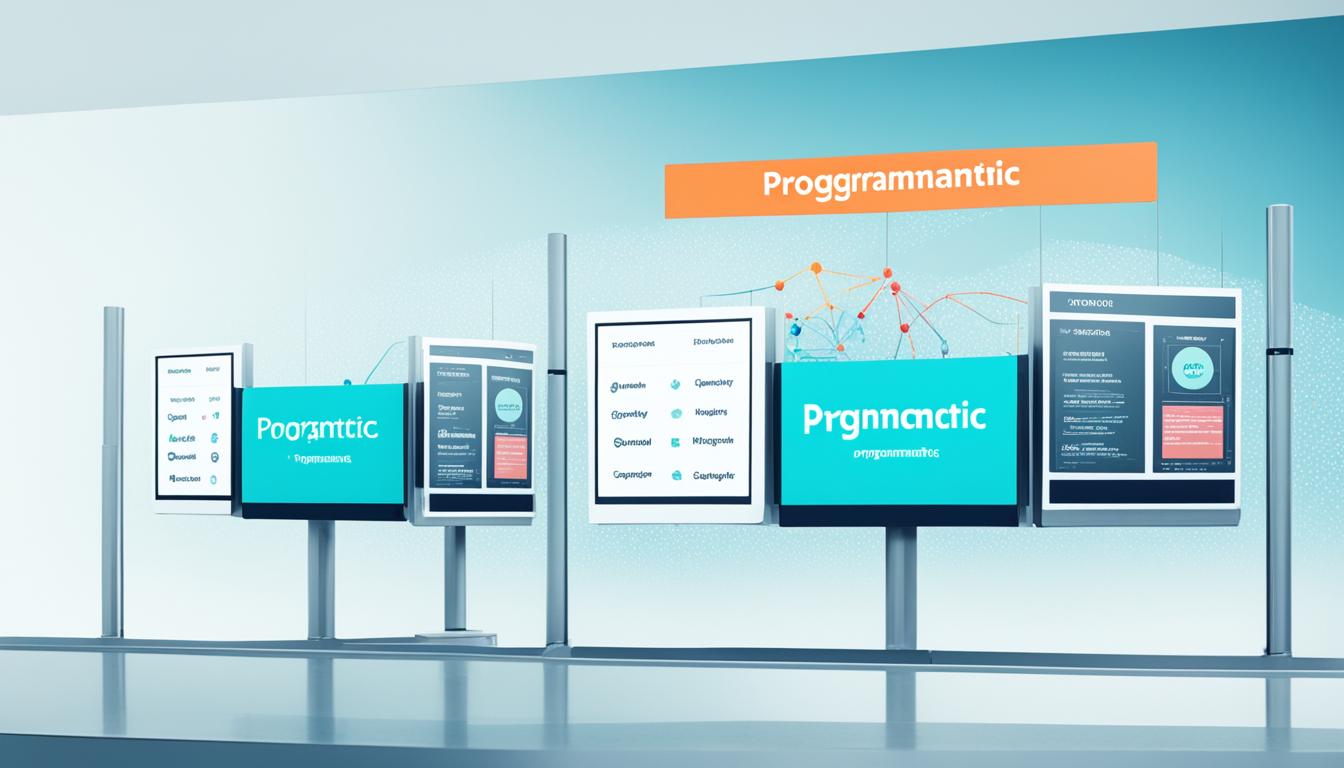To refresh your remarketing efforts while respecting privacy, focus on using first-party data from sign-ups, surveys, and newsletters. Implement contextual ads that target users based on the content they view, avoiding invasive tracking. Use transparent communication about data use to build trust and consider frequency caps to prevent ad fatigue. By adopting privacy-first platforms and strategies, you can boost conversions without compromising user trust. Discover more effective tactics to enhance your remarketing approach as you continue.
Key Takeaways
- Leverage first-party data from newsletters or surveys for targeted, privacy-compliant remarketing efforts.
- Use contextual advertising to serve relevant ads based on current content without invasive tracking.
- Implement frequency capping to avoid ad fatigue and maintain a positive user experience.
- Adopt privacy-first platforms with transparent data practices to build trust and ensure compliance.
- Focus on personalized, helpful messaging that respects user privacy while encouraging conversions.

Remarketing tactics are essential tools for businesses looking to re-engage visitors who’ve already shown interest in their products or services. When someone visits your website but leaves without making a purchase or contacting you, it’s easy to lose track of that potential customer. Remarketing allows you to stay top of mind, reminding them of what they’re missing and nudging them toward conversion. But in today’s privacy-conscious landscape, traditional remarketing methods can sometimes backfire or face resistance. That’s where privacy-safe tactics come into play, helping you reconnect with your audience without crossing boundaries or risking trust.
Instead of relying solely on invasive tracking, focus on creating a seamless experience that respects user privacy while still delivering personalized messages. You can leverage first-party data—information you collect directly from your visitors through newsletter sign-ups, account registrations, or surveys. This data is not only compliant with privacy regulations but also more accurate and relevant. Use these insights to craft targeted ads or email campaigns that align with your visitors’ interests. For instance, if someone browsed a specific product category, send them tailored offers related to that category rather than generic ads. This approach feels less intrusive and more helpful, increasing the chances they’ll return to complete their purchase.
Leverage first-party data to deliver personalized, privacy-friendly marketing messages that increase engagement and conversions.
Another effective privacy-safe tactic involves contextual advertising. Instead of tracking users across multiple sites, you can display ads based on the content they’re currently viewing. For example, if a visitor is reading about outdoor gear, serve them ads for your latest camping equipment. This method respects privacy because it doesn’t require invasive cookies or tracking pixels, yet it still ensures your ads are relevant. Additionally, you can implement frequency capping, which limits how often a user sees your ads, preventing ad fatigue and maintaining a respectful presence that encourages positive engagement.
Lastly, consider utilizing customer data platforms (CDPs) that prioritize privacy by design. These platforms aggregate and analyze your first-party data in a way that complies with privacy laws, allowing you to segment audiences and deliver personalized content without compromising user trust. Pair this with transparent messaging about data use, and you’ll foster a sense of security that encourages visitors to reconnect on their terms. By integrating these privacy-safe remarketing tactics, you not only boost conversions but also build stronger relationships with your audience based on transparency and respect. This approach ensures your remarketing efforts are sustainable, effective, and aligned with evolving privacy expectations.
Frequently Asked Questions
How Does Privacy-Safe Remarketing Differ From Traditional Methods?
Privacy-safe remarketing differs from traditional methods by prioritizing user privacy and avoiding invasive tracking techniques. You focus on anonymized data and consent-based strategies, which build trust and comply with regulations. Instead of relying on cookies or personal information, you use aggregated insights and contextual signals. This approach guarantees your remarketing efforts stay effective while respecting user privacy, leading to better engagement and long-term brand loyalty.
What Are the Key Benefits of Privacy-Focused Remarketing Strategies?
Privacy-focused remarketing strategies help you build trust with your audience, reducing concerns over data privacy. They improve conversion rates by targeting users more ethically, which encourages engagement and loyalty. You’ll also benefit from staying compliant with regulations, avoiding potential penalties. Plus, these tactics often lead to more accurate insights, enabling you to refine your campaigns effectively. Ultimately, you create a more positive brand experience while respecting user privacy.
Are There Any Legal Restrictions on Privacy-Safe Remarketing?
You need to tread carefully, as there are legal restrictions on privacy-safe remarketing. Laws like GDPR in Europe and CCPA in California set strict rules on handling personal data, requiring transparency and user consent. If you ignore these, you risk hefty fines and damage to your reputation. Always stay updated on regional regulations, use compliant tools, and prioritize user privacy—think of it as playing by the rules to keep the game fair.
How Can Small Businesses Implement These Tactics Effectively?
You can implement privacy-safe remarketing by using consent-based data collection, such as clear opt-ins, and leveraging first-party cookies. Focus on creating engaging, relevant ads that respect user privacy preferences. Use platforms that prioritize privacy, like Google’s Privacy Sandbox, to target audiences without invasive tracking. Regularly review your policies to stay compliant. Educate your team on privacy best practices, ensuring your remarketing efforts build trust and deliver value without risking legal issues.
What Metrics Best Measure Success in Privacy-Safe Remarketing Campaigns?
You should track click-through rates and conversion rates to measure success in privacy-safe remarketing campaigns. These metrics show how well your ads engage your audience and drive actions without compromising privacy. Additionally, monitor engagement metrics like time spent on site and bounce rates to understand user interest. By focusing on these indicators, you can optimize your campaigns effectively while respecting user privacy and maintaining compliance.
Conclusion
By blending bold, privacy-safe remarketing tactics, you build better, more trustworthy connections. Keep your campaigns clever, customer-centric, and compliant, creating consistent conversions. Remember, respectful retargeting results in loyal leads and lasting loyalty. So, stay savvy, stay sensitive, and see your strategies succeed. With these tactics, you’ll turn casual visitors into committed customers, all while keeping privacy policies perfectly poised for a prosperous, promotion-proof future.









